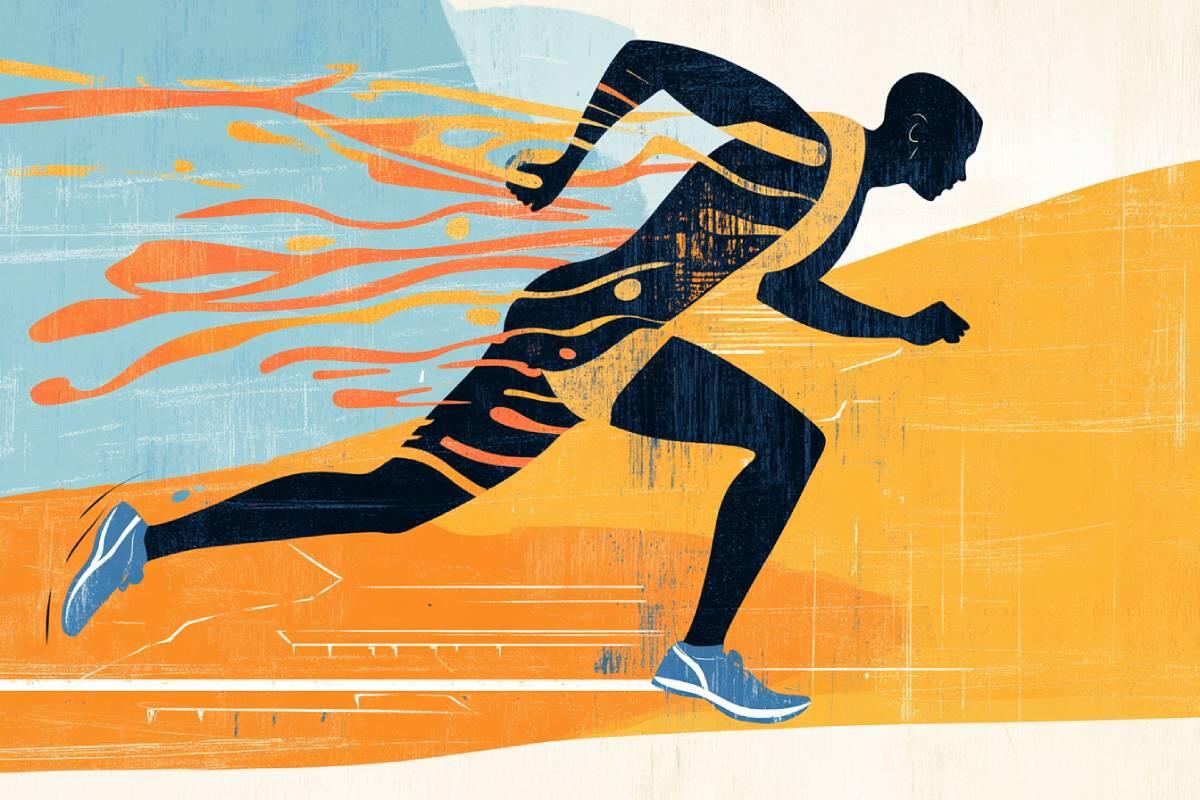Want to Start Running? Discover Some Myths and Truths About the Running World
Running is one of the most practiced sports worldwide. Additionally, in recent years, its popularity has increased because it is an accessible, simple, and convenient sport—you can do it anytime, and all you need is a good pair of running shoes. Or is that really the case?
Below, we debunk some common myths and truths about running, whether you already practice the sport or want to start the year healthier by trying something new.
1. You Should Always Stretch Before Running to Prevent Injuries
🛑 Myth
There is a common belief that static stretching before running plays a key role in preventing injuries and improving performance.
Static stretching involves holding a muscle in an extended position for 30 seconds or more. However, studies show that it does not reduce the risk of injuries in running, whether done before or after training.
👉 But can stretching be harmful? That’s also a myth. It has no negative effects on performance and may even increase joint mobility and aid in post-workout relaxation.
✅ Important Tip:
Replace static stretching with a 5 to 10-minute dynamic warm-up, including walking or light jogging, to prepare the body and improve performance.
2. Running Wears Out and Causes Knee Pain
🛑 Myth
Many people believe that the impact and repetitive motion of running can wear down the knees over time. However, studies indicate that running actually protects the knee joint.
📌 Recreational runners have less knee pain and wear compared to sedentary individuals.
👉 What if I already have knee pain?
If you experience joint pain or wear, you can still run! It is best to get medical guidance and allow for adequate recovery time between workouts to prevent overloading the joint.
💡 Running with proper technique can reduce symptoms and strengthen joint health.
3. Runners Should Also Do Strength Training
✅ Truth
Muscles are responsible for absorbing impact while running. That’s why strength training is essential for preventing injuries and improving performance.
🔹 Strength training performed 2 to 3 times per week for at least 6 weeks increases endurance and running speed.
📌 Research-Based Tip:
The best results come from high-load, low-rep strength training, rather than low-load, high-rep workouts.
⚠ Attention! Always seek guidance from a certified fitness professional to get a workout plan tailored to your needs.
4. The Best Running Shoes Are the Ones That Feel Most Comfortable
✅ Truth
If you are a runner, you have probably heard about shoes that prevent injuries or models that are considered bad for your feet. However, studies indicate that the type of shoe or the amount of cushioning does not prevent running-related injuries.
📌 What really matters is how comfortable the shoes feel and how well they adapt to your feet.
👉 When should you replace your running shoes?
If your shoes start causing discomfort, lose traction on the sole, or show significant wear, it may be time to replace them.
💡 Remember:
The best shock absorber for the impact of running is your muscles! That’s why strength training and proper running guidance are key to preventing injuries.
Conclusion
Now that we have debunked some myths and confirmed some truths about running, how about putting on your shoes and trying it out for yourself?
✔ Dynamic warm-ups are more effective than static stretching before running
✔ Running does not wear out the knees—in fact, it can strengthen them
✔ Strength training is essential for improving performance and preventing injuries
✔ The best running shoes are the ones that provide the most comfort for your feet
🏃 Running is more than just a sport—it’s a lifestyle! Keep learning and maintaining a regular practice.
References
- Alexander JLN, Barton CJ, Willy RW. Infographic running myth: static stretching reduces injury risk in runners. British Journal of Sports Medicine, 2020;54:1058-1059.
- Alexander JLN, Barton CJ, Willy RW. Running myth: strength training should be high repetition low load to improve running performance. British Journal of Sports Medicine, 2020;54:813-814.
- Relph N, Greaves H, Armstrong R, Prior TD, Spencer S, Griffiths IB, Dey P, Langley B. Running shoes for preventing lower limb running injuries in adults. Cochrane Database Syst Rev. 2022 Aug 22;8(8):CD013368. doi: 10.1002/14651858.CD013368.pub2.
- Roberts WO. Running causes knee osteoarthritis: myth or misunderstanding. British Journal of Sports Medicine, 2018;52:142.
